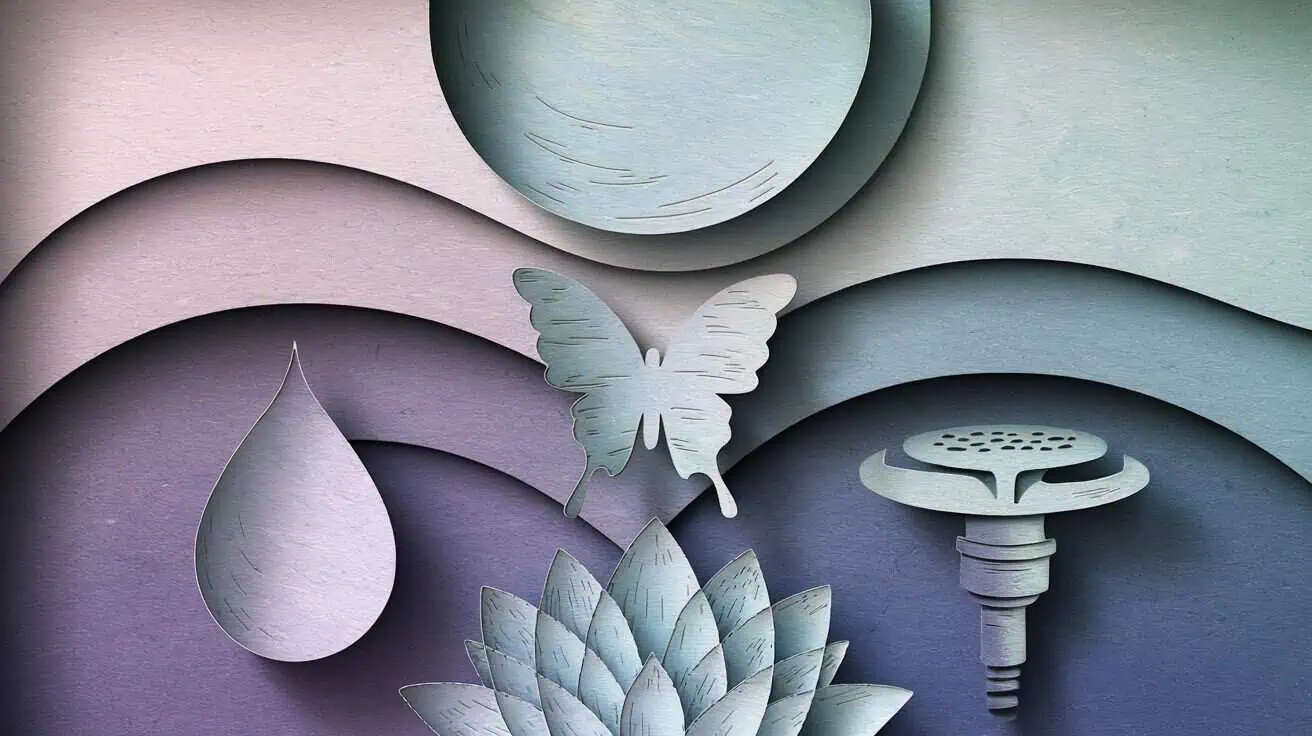I sat in my parked car, tears streaming down my face. The weight of anxiety and depression had become overwhelming, and for once, I didn’t fight the urge to cry. In that vulnerable moment, something unexpected happened – I began to feel lighter, as if each tear carried away a small piece of my burden.
Many of us have been taught to hold back our tears, to see crying as a sign of weakness. But what if those tears actually serve a vital purpose in our emotional wellbeing? What if crying isn’t just an inconvenient emotional response, but rather a natural tool for managing anxiety and depression?
The science behind emotional tears is fascinating, and understanding how crying affects our mental health can help us embrace this natural healing mechanism. Let’s explore the powerful connection between tears and emotional wellness, and discover why sometimes the best thing we can do is simply let ourselves cry.
The Science Behind Emotional Tears
When we cry emotional tears (as opposed to reflex tears from cutting onions), our bodies release a unique cocktail of chemicals. These tears contain higher levels of stress hormones and other toxins that build up in our bodies during times of emotional distress. It’s as if nature designed a release valve for our emotional pressure cooker.
Research has shown that emotional tears contain higher concentrations of proteins and other stress hormones than regular tears. This suggests that crying literally helps us release stress from our bodies – not just metaphorically, but physically as well.
Think of it like a pressure relief valve on a steam engine. When the pressure builds up too high, the valve needs to release some steam to prevent damage to the system. Our tears serve a similar function for our emotional wellbeing.
How Crying Affects Anxiety
Have you ever noticed how a good cry can leave you feeling calmer, even if the situation hasn’t changed? This isn’t just your imagination. Crying triggers the release of oxytocin and endorphins, our body’s natural feel-good chemicals. These hormones help reduce both physical and emotional pain, creating a self-soothing effect.
When we’re anxious, our bodies are often stuck in a state of heightened arousal – that “fight or flight” response that keeps us on edge. Crying helps activate the parasympathetic nervous system, often called our “rest and digest” mode. This shift can help break the cycle of anxiety, allowing our bodies and minds to return to a more balanced state.
A friend once described anxiety as being like a pot of water at a rolling boil – crying helps turn down the heat, allowing the waters to settle and become still again.
Crying’s Role in Depression Management
Depression often leaves us feeling disconnected – from others, from our emotions, and even from ourselves. Crying can serve as a bridge back to emotional connection. It’s a physical manifestation of our inner experience, making our pain tangible and, therefore, more manageable.
When we cry, we’re not just releasing stress hormones – we’re acknowledging our pain. This acknowledgment is often the first step toward healing. It’s like finally opening a pressure valve we’ve been desperately trying to keep shut, allowing us to release emotions we’ve been holding inside.
The act of crying also signals to others that we need support, potentially activating our social connections – a crucial factor in managing depression. It’s nature’s way of saying, “I need help,” even when we can’t find the words to say it ourselves.
When to Let the Tears Flow (and When to Seek Help)
While crying can be therapeutic, it’s important to understand the difference between healthy emotional release and signs that you might need additional support. Healthy crying often leads to a sense of relief and emotional clearing, like the calm after a storm.
However, if you find yourself:
- Crying uncontrollably for extended periods
- Unable to stop crying even when you want to
- Crying interferes with your daily activities
- Experiencing thoughts of self-harm or hopelessness
These may be signs that it’s time to reach out to a mental health professional. Remember, seeking help isn’t a sign of weakness – it’s an act of self-care and courage.
Create safe spaces and times for emotional release. This might mean setting aside quiet time at home, finding a private spot in nature, or sharing your feelings with a trusted friend or therapist. The key is to allow yourself permission to feel and express your emotions authentically. Creating safe spaces and times for emotional release can be especially beneficial when grappling with feelings of uncertainty or fear, including understanding existential dread. Engaging in mindfulness practices, such as journaling or meditation, can help to navigate these complex feelings, allowing you to confront them head-on rather than suppress them. By fostering an environment where emotions can be expressed freely, you empower yourself to process your thoughts and find clarity amidst life’s challenges.
Like any natural process, crying has its own wisdom. Trust your tears – they’re not your enemy, but rather a tool your body uses to help restore emotional balance. Whether it’s a few quiet tears or a deep sobbing session, each release serves a purpose in your healing journey.
Remember, you’re not alone in this experience. Millions of people struggle with anxiety and depression, and many find solace in allowing themselves to cry. It’s not about being weak – it’s about being human.
If you’re holding back tears right now, consider this your permission to let them flow. Your tears are not just water and salt – they’re a bridge to healing, a signal for support, and a step toward emotional freedom.


